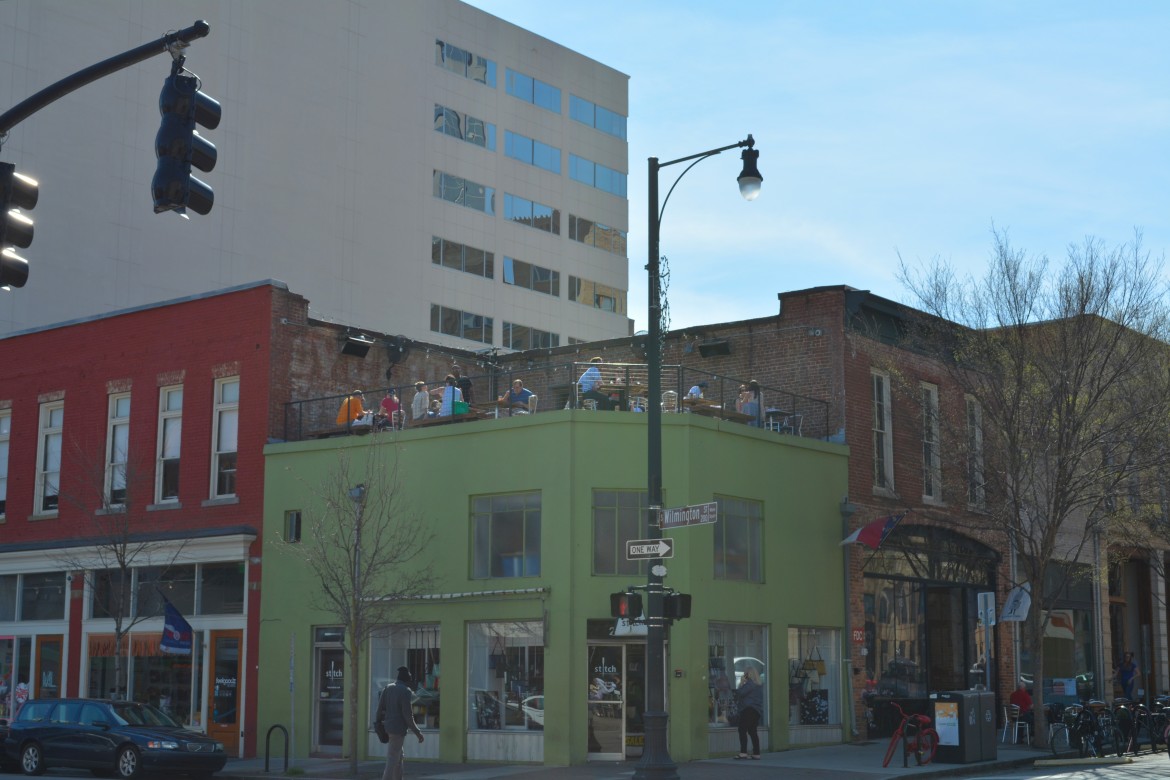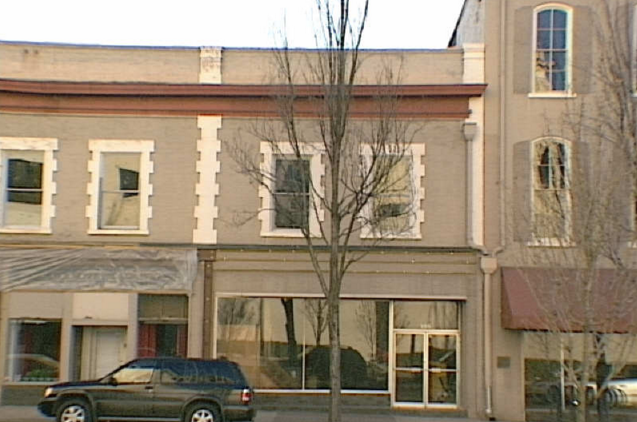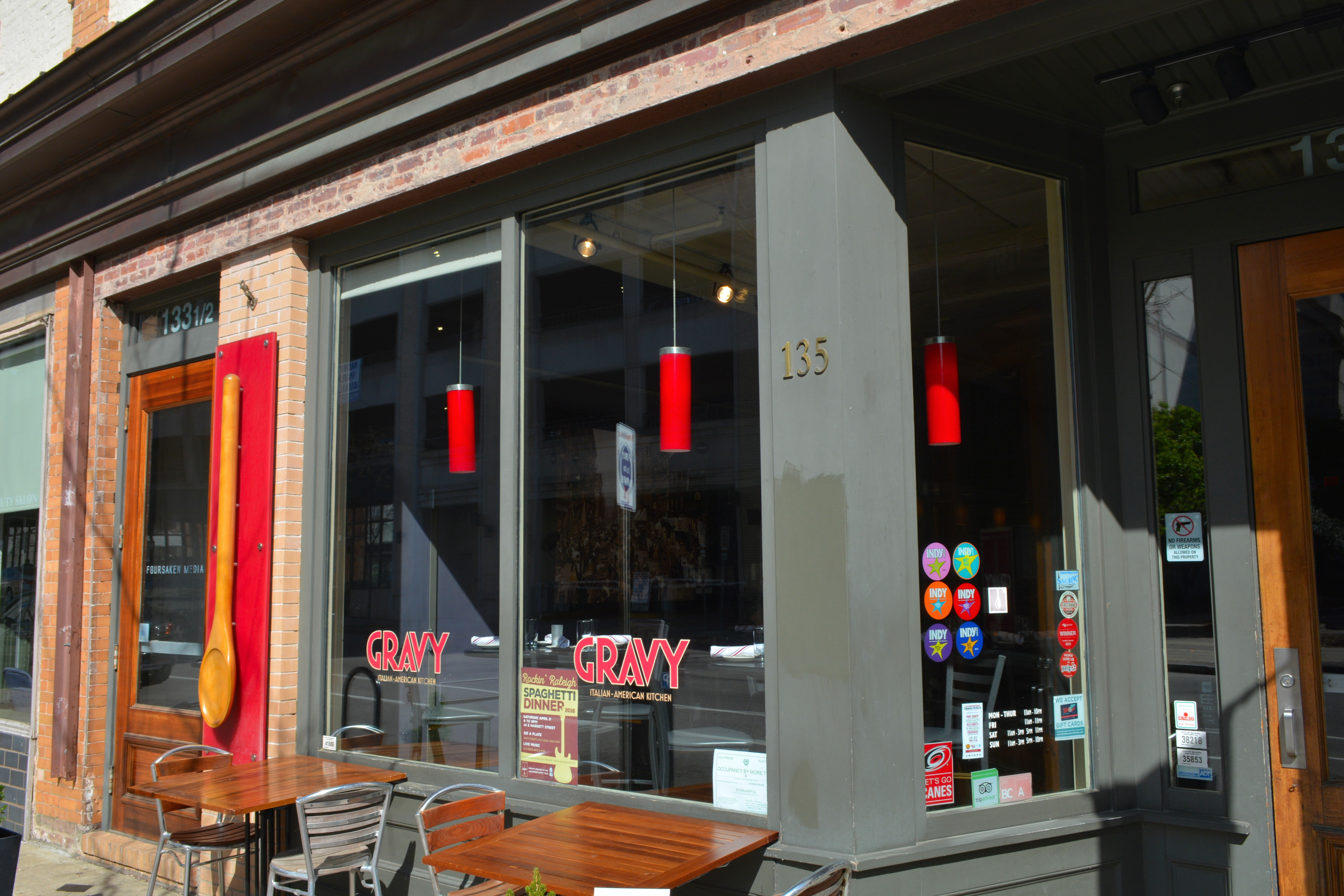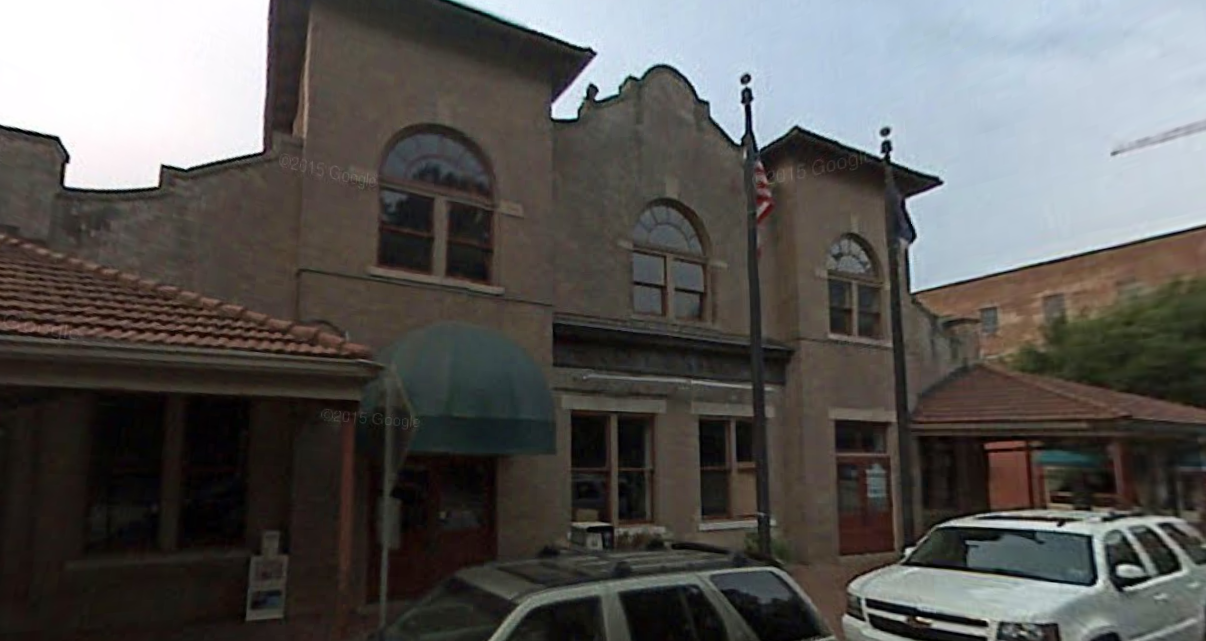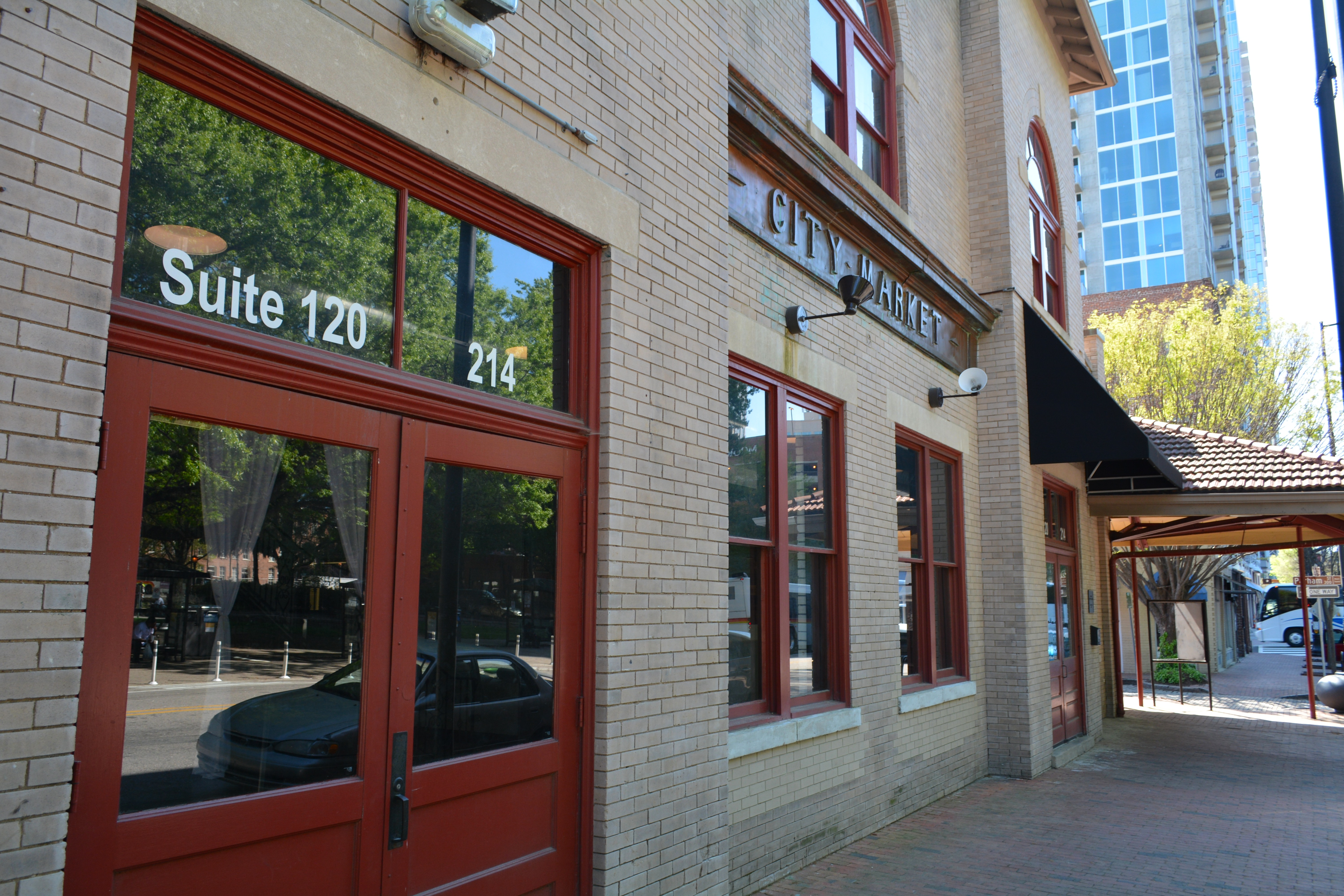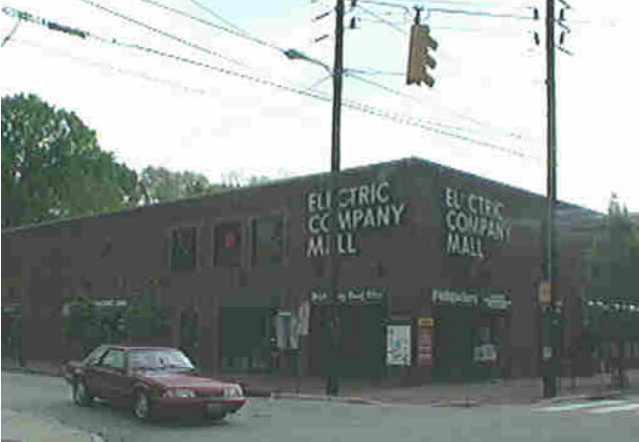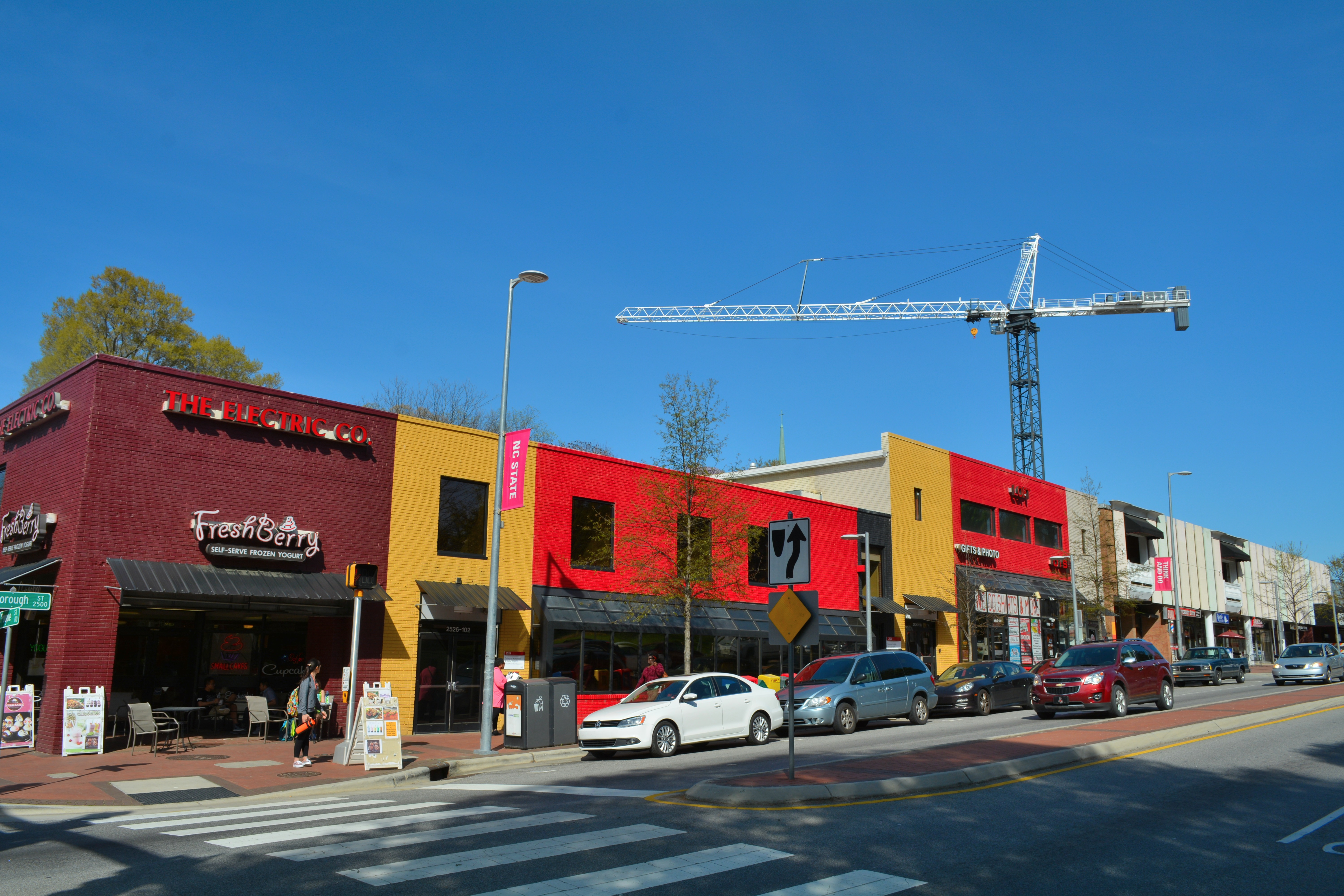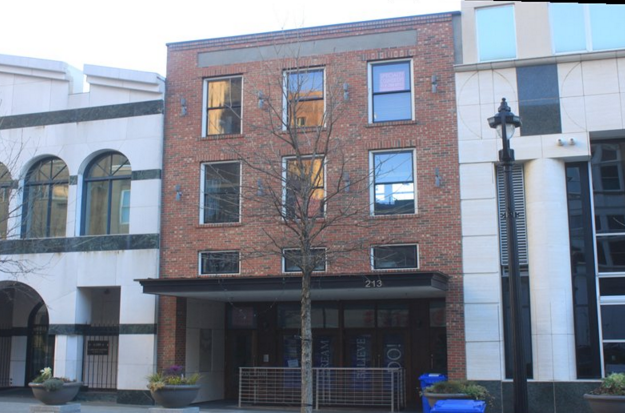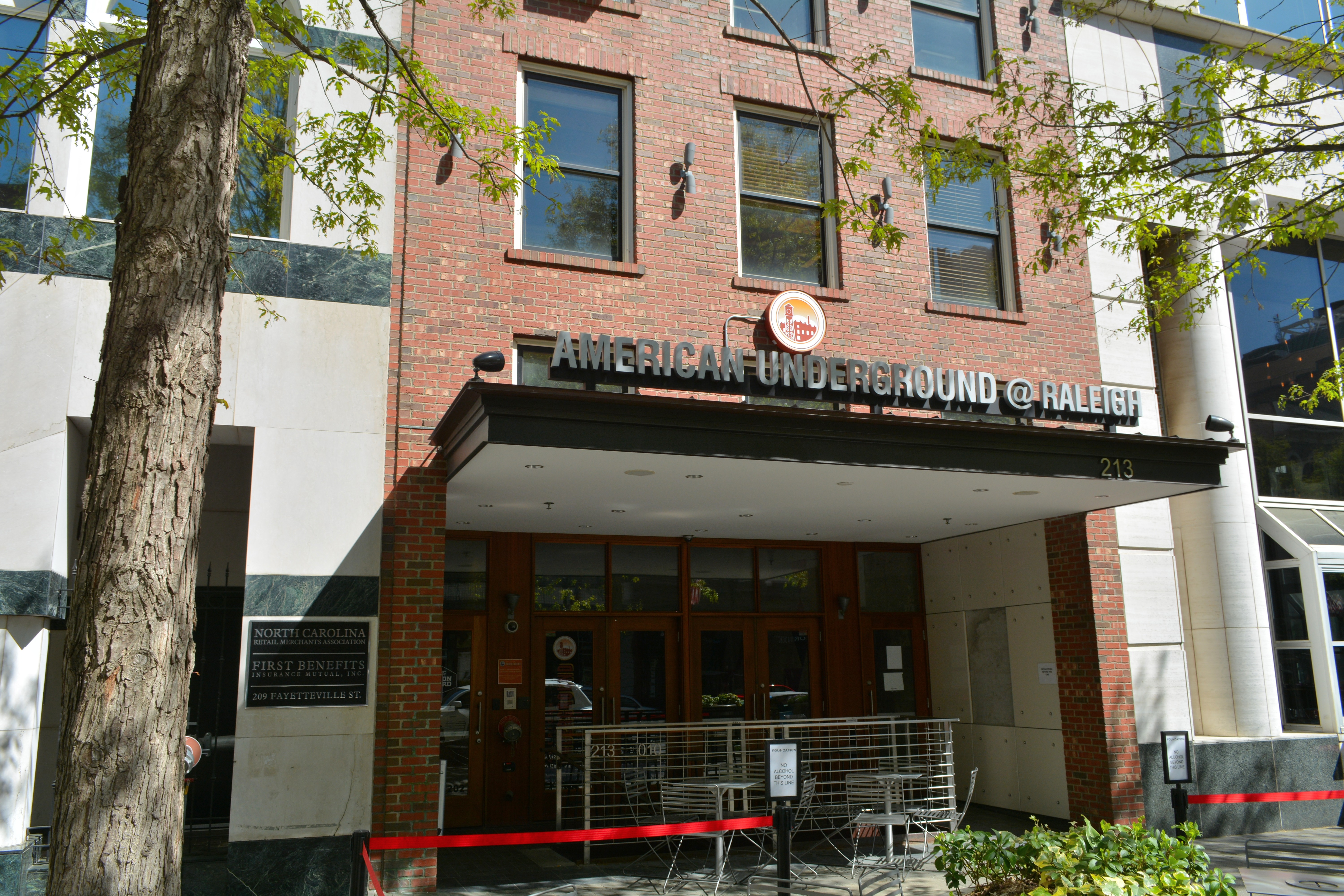Established in the 1980s, the City of Raleigh’s Facade Grant Program has doled out just under $700,000 to assist a total of 47 businesses in improving an assortment of building exteriors.
While a list of Facade Grants obtained by The Record indicates a total of 117 recipients, this figure also includes two $5,000 grants issued to the City itself for improvements to Market & Exchange plazas.
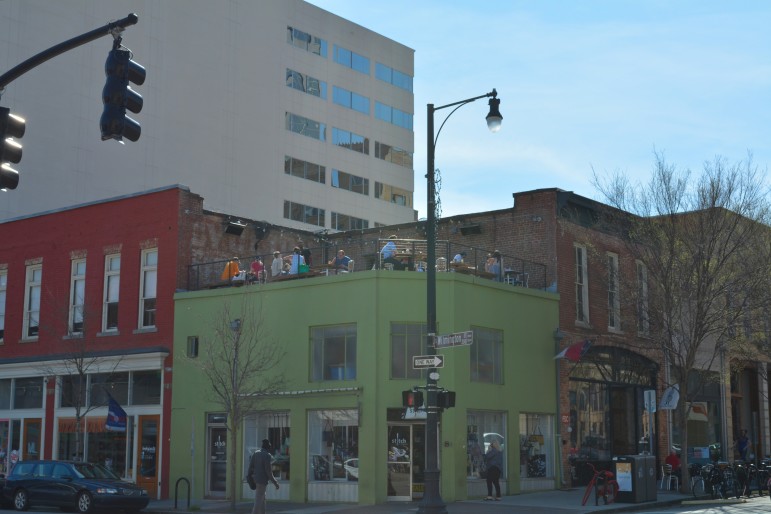
James Borden / Raleigh Public Record
Rooftop dining at the Raleigh Times, which received facade grants
When these, along with 15 grant requests for $0 are removed, we are left with a total of 100 grants totaling $687,559. As would be expected, a number of local businesses received multiple grants.
The largest overall recipient was Greg Hatem’s Empire Properties, which received grants for improvements on 21 properties totaling $172,750. Roughly, this means Empire has received about 20 percent of the overall grants issued, and about 25 percent of the total funds issued.
Although The Record was able to reach some very kind people at Empire Properties, our inquiries were directed to Greg Hatem, who we were told was traveling.
This was further than we got with the other grant recipients we reached out to, none of whom responded our inquiries.
The next largest recipient was Hakan Market Partners, the owner of City Market and one of the many businesses that did not return our calls.
Although Hakan had a number of $0 grants, they received a total of $85,000 in funds for 16 separate properties. This puts their percentages at 16 for the overall grants, and 12 for the overall funds.
The only other real big-ticket recipient was Melvin’s Burgers on Hillsborough Street, which is now closed. Before going out of business, it received six grants totaling $58,768, or roughly 6 and 8 percent of the total grants and funds.
Although the grants are set to cap out at $10,000, and all but one of them do, Meyer Liberman, Ronely LLC received a$35,000 grant for improvements at 2526 Hillsborough Street. It should be noted that 2526 Hillsborough is the address of the Electric Company Mall, which occupies a large portion of a city block.
Plans to Expand
Plans to expand the area of eligibility for businesses receiving the Facade Grant were discussed at the first meeting of the City’s new Economic Development and Innovation Committee, held March 22.
Roberta Fox from City’s design & planning department was on hand to provide an overview of the program, which is allotted $50,000 annually.
Due to the limits on eligibility, Fox said they often have money left over and have had to turn away businesses because they weren’t located within qualifying zones.
Broadening the eligibility criteria would allow for more businesses to take advantage of the funds, Fox said, and allow broader swathes of the city to benefit from its effects.
This expansion would coincide with an update of the City’s Economic Development Map, which is intended to allow for greater funding to businesses located within economically distressed areas of the city.
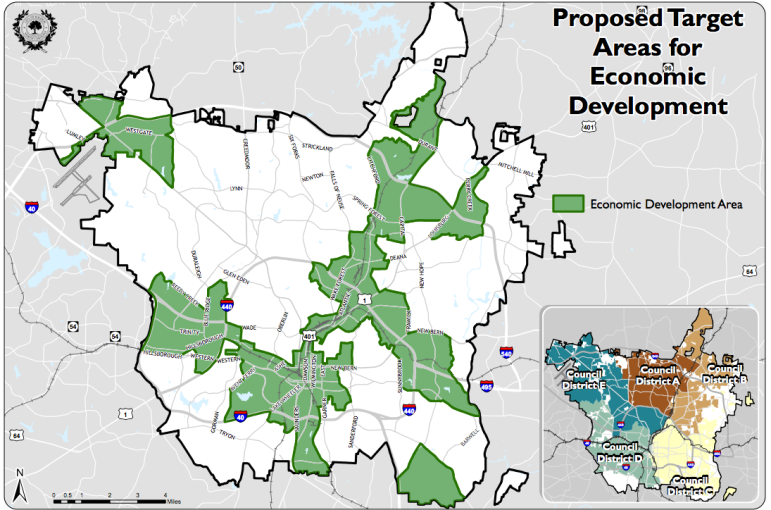
Fox also discussed expanding the scope of the program to include funding for projects such as murals, parklets & pop-ups.
According to City staff reports, expanding the grant to include these items would “encompass the vibrancy that makes Raleigh unique.”
How it Works
The City provides an excellent breakdown of how the program works on its website, we’ve included the most relevant information below:
What types of improvements qualify for funding?
Facade Grant funds are available for the following facade improvements:
- Removal of false fronts (such as aluminum panels)
- Repair or replacement of windows, doors and cornices
- Repair or replacement of facade materials
- New signage
- New awnings
- Exterior lighting
- Exterior painting (when associated with a larger rehabilitation effort)
- Design and construction costs
Routine maintenance is NOT eligible for funding by the Facade Grant program.
How much funding am I eligible for?
For businesses located in the University Village Pedestrian Business Overlay District, grant rebates of up to $10,000 or 50 percent of exterior rehabilitation costs (whichever is less) are available.
For businesses in Downtown or in one of the other Pedestrian Business Overlay Districts, up to $5,000 or 50 percent of exterior rehabilitation costs (whichever is less) are available.
